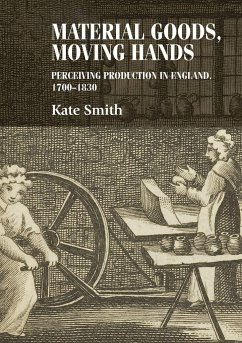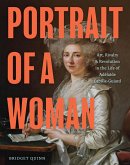This innovative volume explores how individuals understood production processes in new ways during the eighteenth century. It examines a series of different groups - consumers, retailers, designers, manufacturers and workers - to show how their means of perceiving production changed in this period. In doing so, it reorients current discussions of consumption and production to see them as interrelated entities. At the same time, it underscores the importance of materiality to understandings of eighteenth-century consumer culture. As such, it moves beyond taste, desire and novelty to reveal how objects acted as conduits through which people living in Georgian Britain could examine the material world and the processes and knowledge that rendered it. Primarily bought in retail spaces, ceramic objects were more than fashionable commodities, they were also pieces of clay that had been shaped, fired and decorated. How then did contemporaries conceive of such materiality? Combining material culture and visual culture approaches, this volume shows how consumers made use of different representations of production to understand manufacturing and making. By also exploring how retailers, designers, manufacturers and workers conceived of production processes, the contested nature of such understandings begin to emerge. In marking out the sites upon which these groups disputed ideas about production, this study makes an important contribution to assessing how people in eighteenth-century Britain explored the labour, materials, knowledge and skills that constituted the material world around them.
Hinweis: Dieser Artikel kann nur an eine deutsche Lieferadresse ausgeliefert werden.
Hinweis: Dieser Artikel kann nur an eine deutsche Lieferadresse ausgeliefert werden.








